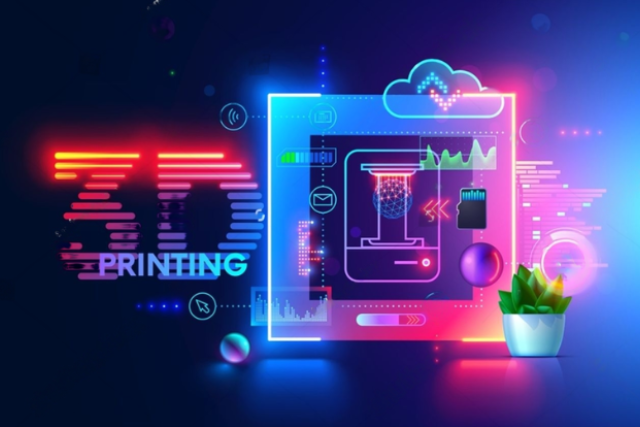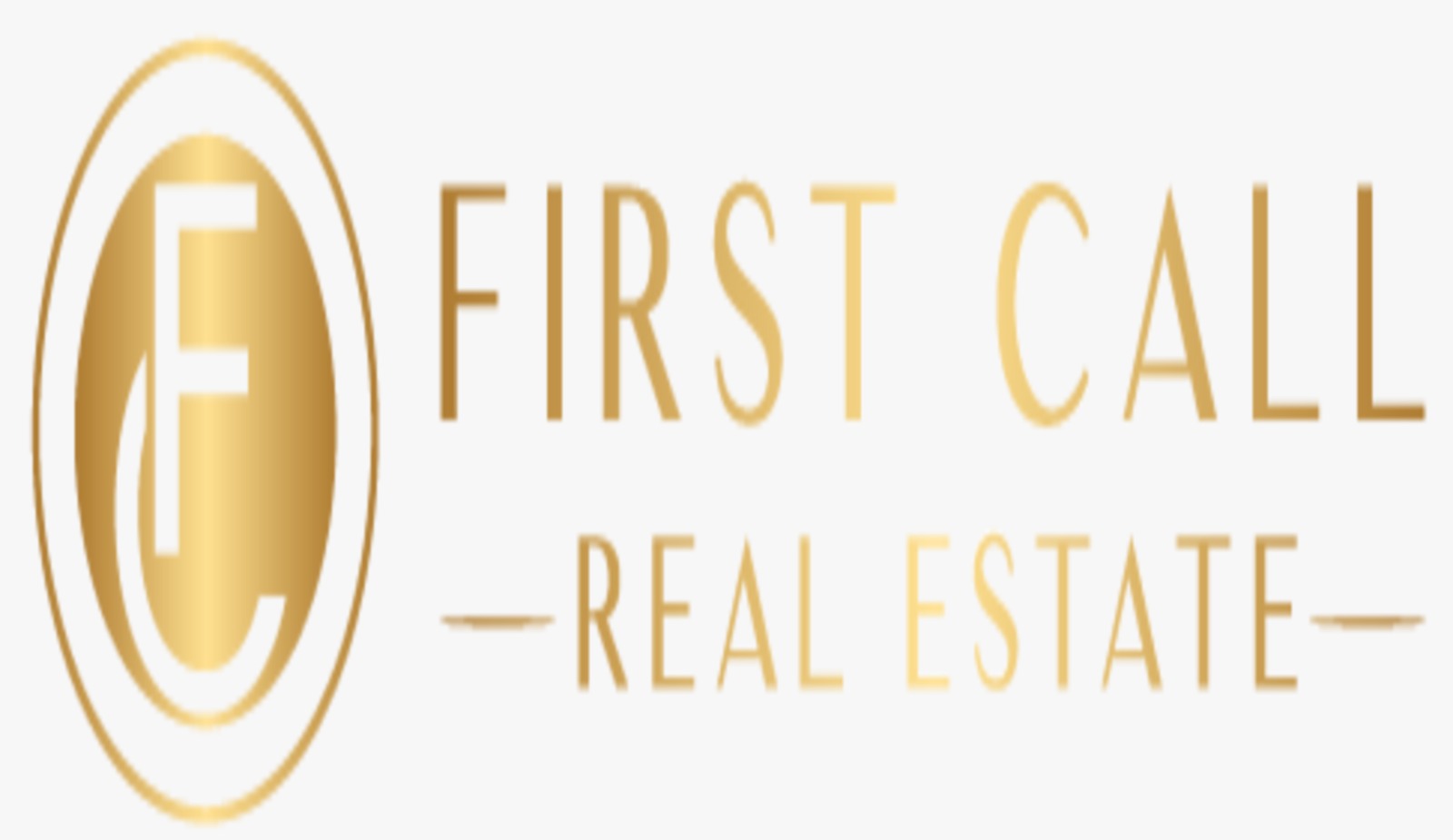Dubai is known for its bold architectural designs and futuristic skyline. From sweeping curves to unconventional angles, its buildings often challenge traditional construction methods. Wall panels, which play a key role in defining interior and exterior aesthetics, must adapt to these complex forms.
With 3D printing technology, designers and architects in Dubai now have the flexibility to create custom panels that fit curved or irregular surfaces with precision. This article explores how 3D printing is revolutionizing wall panel customization for non-linear architecture in Dubai.
Understanding the Need for Curved and Irregular Panels
Modern architecture often rejects flat planes. In luxury villas, cultural spaces, and flagship commercial buildings in Dubai, curved walls and free-form designs are common. These shapes create a sense of movement, openness, and sophistication. However, covering such surfaces with traditional wall panels is both time-consuming and costly.
Pre-fabricated flat panels often require manual modification or result in gaps and misalignments. This compromise both design and function. 3D printing Dubai offers an effective solution by allowing panels to be digitally designed to match any shape.
Digital Design as the Foundation for Customization
The process begins with precise digital modeling. Architects or interior designers create a 3D representation of the intended space, including its curves and contours. This digital surface becomes the foundation for designing matching wall panels.
Using advanced software such as Rhino, Blender, or Grasshopper, designers build panels that conform to irregular surfaces. The models are adjusted to include textures, patterns, and necessary mounting systems. This level of precision ensures that once printed, each panel fits perfectly without reshaping on-site.
Parametric design is especially useful here. It allows the panel’s shape and features to adapt automatically as the surface geometry changes. In Dubai, where projects often feature dynamic façades, parametric design is widely adopted in architectural workflows.
3D Printing Techniques Used for Irregular Wall Panels
Multiple 3D printing methods are suitable for creating curved or complex wall panels. The choice depends on the material, scale, and resolution required. In Dubai, the following techniques are commonly used:
- Fused Deposition Modeling (FDM): Best for large and lightweight panels. It supports a variety of materials like PLA, ABS, or PETG. Ideal for interiors with gentle curves.
- Selective Laser Sintering (SLS): Offers high strength and detailed features. Useful for panels that require hidden clips or joinery in irregular shapes.
- Large-Scale Robotic Printing: Advanced facilities in Dubai now use robotic arms to 3D print panels directly onto custom-shaped forms. This method is perfect for architectural surfaces with double curvature or sweeping waves.
These methods can handle both subtle and dramatic shapes, enabling full integration into futuristic designs.
Material Options for Flexible Panel Production
To adapt to non-standard geometries, materials must offer a balance between rigidity and flexibility. In Dubai, several materials are favored for curved or irregular 3D printed panels:
- Thermoplastics: Such as PLA or ABS, offer flexibility during installation and are cost-effective for large areas.
- Resins: Provide a smooth surface and work well for high-end interiors that require intricate details.
- Composite Concrete: Used for exterior panels that must resist weather and temperature fluctuations.
- Gypsum-Based Mixtures: Common for interior panels in villas or hotels. They are lightweight and easy to mount on irregular walls.
Some materials can also be post-formed after printing to follow complex curvatures more easily. Others are printed in modular segments and joined on-site for a seamless look.
Precision Fit and Easy Installation
A key advantage of using 3D printed panels on curved surfaces is the precision they offer. Each panel is custom-cut by the printer to match a specific segment of the wall. The result is a smooth, flowing surface with no visible seams or misalignments.
Mounting systems can also be integrated into the panel design. This includes slots for hidden clips, screw guides, or even magnetic systems. These features reduce installation time and improve alignment. In Dubai, time efficiency is critical, especially for fast-track commercial or hospitality projects.
Texture and Pattern Adaptation on Curved Panels
Another benefit of 3D printing is the ability to retain texture and pattern continuity across curved or irregular surfaces. Whether it’s an Arabic mashrabiya design, wave patterns, or futuristic motifs, the pattern can be digitally wrapped across the curved model before printing.
This ensures that visual flow is maintained even when panels change direction or wrap around corners. In traditional fabrication, this level of detail would require expert artisans and longer lead times. With 3D printing, it is achieved with precision and repeatability.
Applications in Dubai’s Architectural Projects
In Dubai, 3D printed curved wall panels are already being used in a variety of high-profile projects:
- Hotel lobbies with sculptural feature walls
- Mosque interiors with curved prayer wall elements
- Airport lounges with flowing acoustic panel systems
- Art galleries with immersive, organic-shaped installations
- Villas with dome ceilings or rounded entry corridors
These panels add depth and uniqueness to each space while maintaining cultural or contemporary themes.
Sustainability and Waste Reduction
Custom 3D printed panels also contribute to sustainability. Traditional fabrication for curved walls often involves cutting large sheets, leading to waste. With 3D printing, only the exact amount of material is used. Some Dubai firms even use biodegradable or recycled materials to produce eco-friendly panels.
Because each panel is made to order, there is no need for mass production or stockpiling, which further reduces environmental impact.
Challenges and Future Improvements
One challenge in printing curved panels is managing tolerances during large-scale production. Even small misalignments can cause installation issues. To solve this, Dubai firms use laser scanning and AI-assisted modeling to ensure accuracy from the start.
Future developments may include mobile 3D printers that can print panels directly onto walls, eliminating transport and installation. Materials with shape-memory properties could also be used to allow panels to bend slightly during installation.
Conclusion
3D printing in Dubai allows full customization of wall panels for curved or irregular architectural surfaces. From digital modeling to precision printing and easy installation, the process is designed to meet the demands of modern architecture. As the city continues to embrace bold and complex forms, 3D printed panels offer the perfect solution for creating seamless, elegant, and innovative interiors.



